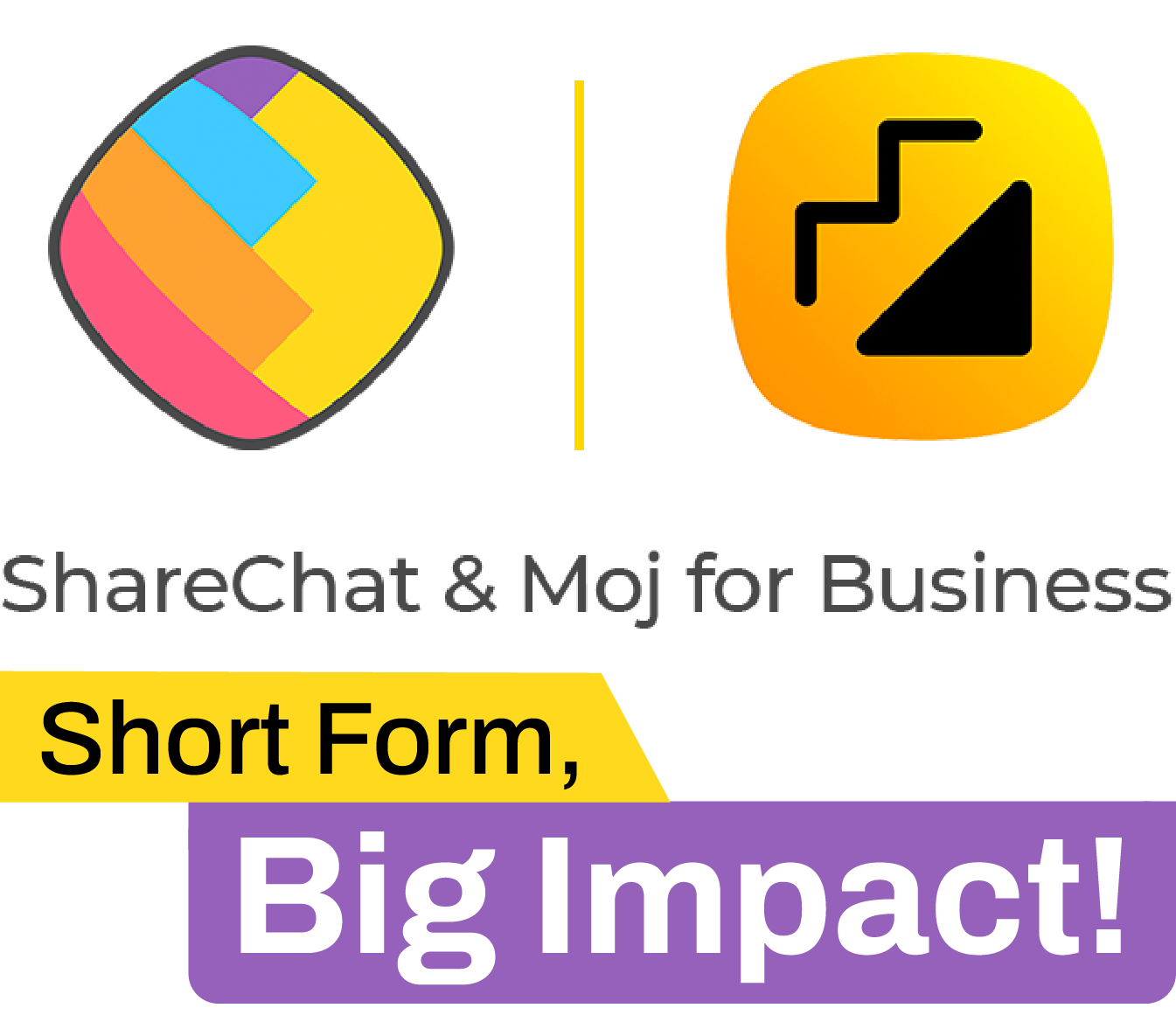Unlocking Growth in Bharat through a Language-First Strategy: The FMCG Perspective

The FMCG industry in India has had an interesting 2021. The YOY growth in small towns for FMCG goods was 58% in 2021 [1], over 2x the 28% YOY growth of urban India’s FMCG consumption.
The World Economic Forum (WEF) in its report titled, 'Future of Consumption in Fast-Growth Consumer Market India’ [2] has projected a $1.2 trillion opportunity waiting to be unlocked in rural India by 2030. The driving force behind this opportunity is the Bharat consumer’s aspiration; it is fast converging with that of their counterparts. With better internet connectivity, the information asymmetries between urban India and Bharat are also diminishing. As of May 2020, rural India had 26.4 crore active internet users compared to urban India’s 21 crore active internet users [3].
Exploring growth opportunities in Bharat with a language first strategy
Besides the huge underlying opportunity and a growing internet acceptance, Bharat also brings with it its multilingual complexity. The trend among Bharat users to consume digital content in their local language highlights this. 90% of Indian internet users prefer to consume digital content in their local language.[4]. Not just the current number, but even the growth rate of this audience who prefers local language is projected to be significantly higher than the number of users who prefer English content. While the English user base is expected to grow at a rate of 3%, vernacular internet users is expected to grow at a massive rate of 18% [5].
This local language preference indicates how brands can connect effectively with Bharat. A robust language first marketing strategy will allow for brands to make meaningful engagements with the Bharat audience. Such a strategy includes going beyond simply translating a brand’s message. It entails being present on the target audience’s platform of choice to form an effective bond with them. Further, it also means striking an emotional chord with the audience by narrating the brand story with all the nuances and emotions of the local language.
So how can brands engage with these internet users from far and remote corners of Bharat? The Nielsen India-ShareChat’s report [6] provides a ready answer: 78% of local-language internet users spend their time on social media.
The ShareChat advantage
ShareChat and Moj’s 34 Cr+ strong user base makes it a perfect platform for brands to interact with their target audience in their local language. A language first strategy enables brands to establish a deeper connection with their customers and drive stronger brand salience.
In addition to sharp targeting, ShareChat offers brands a wide range of solutions such as:
1. Shareable posts: Engage with users through creative messages.
2. UGC creations: Create brand-endorsed templates that users can customise with their creativity.
3. Branded posts: Drive brand engagement through high-impact posts.
4. Platform polls: Interact with users through shareable polls.
5. Interactive web cards: Offer an interactive multi-screen experience to users.
6. Chatrooms: Catch the audience’s pulse through a live audio-enabled room.
Global FMCG brands have already partnered with ShareChat to expand their reach into the tier 2 and 3 audiences. Here are a few notable examples:
These examples highlight brands’ past successes and underline the need for brand strategists to recognise ShareChat as a critical asset within their marketing portfolio.
Local language marketing as a growth driver
The next set of online customers would undeniably belong to Bharat. This makes it important for FMCG brands to diversify their communication strategy to match the local language content appetite of these users. A language first strategy paves the way for effectively reaching out to users in Bharat and, thereby, unlocking the underlying growth potential.
ShareChat has a ready presence of users from the untapped pockets of Bharat. It also boasts of multiple effective ways for brands to engage with these users. Given the users’ love for the platform and their tendency to return to it time and again, ShareChat promises to be an effective ‘connecting Bharat’ partner for brands.
[5] https://assets.kpmg/content/dam/kpmg/in/pdf/2017/04/Indian-languages-Defining-Indias-Internet.pdf


